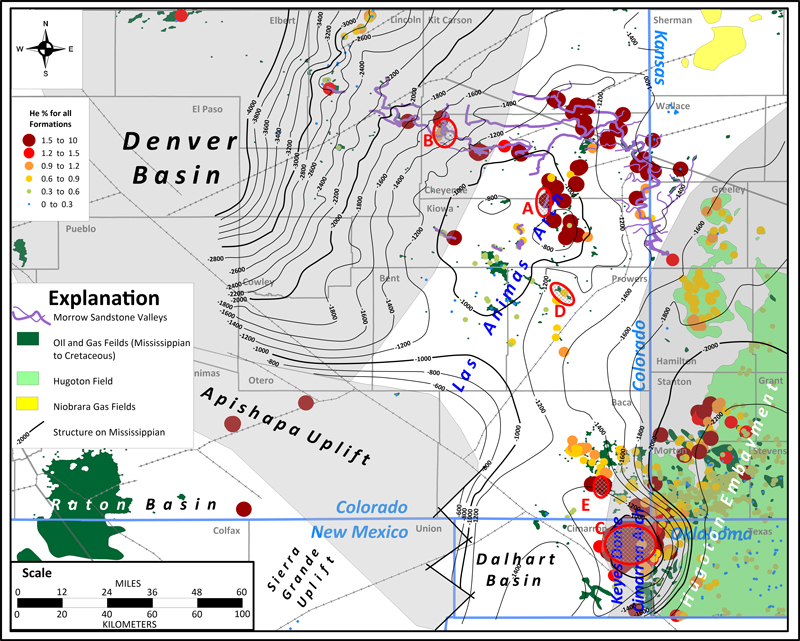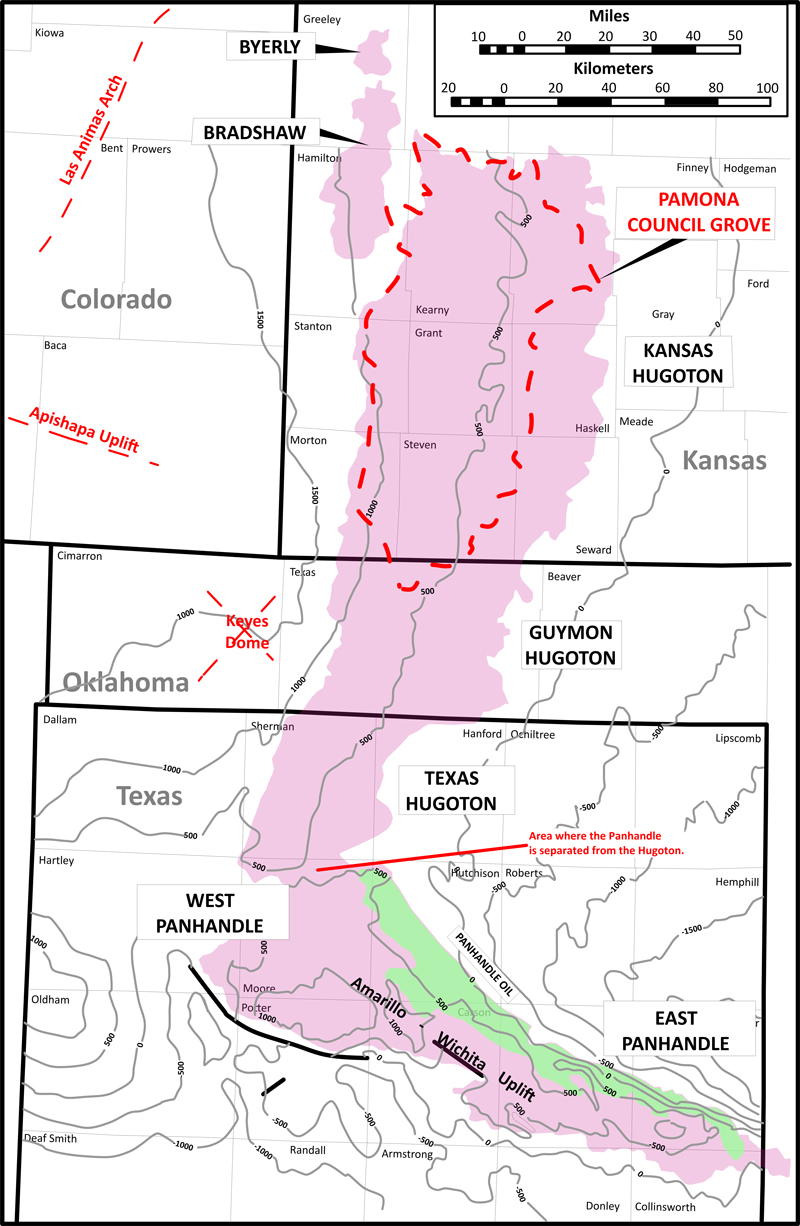Helium and natural gas are hitting record high prices, triggered in part by a severe shortage caused by recent events. In some parts of the world, helium is associated with natural gas. Welcome to an interview with Steve Tedesco, Ph.D., who provides insights into the current situation and opportunities based on his more than 40 years of experience.
What is your name and your background?

Dr. Steven Tedesco has over 40 years experience in the energy industry including coal, oil, gas, wind and solar. Dr. Tedesco operates Running Foxes Energy Inc. which focuses on water-flooding of shallow oil reservoirs, coal bed methane and conventional oil and gas production in the Uncompahgre Uplift, Powder River, Williston, Denver, Forest City and Cherokee basins, USA. Dr. Tedesco is managing partner of Starfox Helium Inc. that is in the process of establishing helium production from assets at its properties in Grand County, Utah and central Kansas. Dr. Tedesco is the US representative for MRE Wind and Solar based out of Centennial, Colorado that is in the process of building wind, solar and battery facilities in Arizona, New Mexico, Kansas, Colorado and Utah. He is also Chief Science Officer for Energid Energy Inc. which focuses on converting natural gas assets to electricity and crypto-mining. Dr. Tedesco has a BS in Geology from Northeastern University in Boston, a MS in Geology from Southern Illinois University at Carbondale, IL, and a PhD in Geology with a minor in Petroleum Engineering from the Colorado School of Mines., Dr. Tedesco has published numerous articles and presented several talks at international industry meetings on coal bed methane, surface geochemistry, helium, structural geology, petroleum engineering, and stratigraphy. Dr. Tedesco has been CEO and President of a Canadian Junior Public Company, Admiral Bay Resources now known as PredictMedix. He was involved in taking two companies public on the OTC, General Cannabis and Epsilon Energy. Dr. Tedesco has published the only text book specifically focused on the use of surface geochemistry in petroleum exploration and is in the process of finishing the first textbook on Helium and associated gases to be published shortly by Elsevier Publishing to be released in April, 2022.
What is your experience with natural gas and helium production?
I have been working in the helium area of the petroleum industry for the past five years and natural gas for over 35 years. I operate over 160 miles of gathering systems in Kansas, Utah and Missouri with three different processing facilities. The areas in Kansas and Missouri are devoid of helium but the Utah area is not. This month, in April, I have a textbook coming out on Helium and associated gases by Elsevier. There is a lot of misinformation out there and misunderstanding of helium exploration that I wanted to wade through and provide a general source bring together many data sources. The book outlines various information about helium to better understand exploration, production and economics.
What is the overall economic outlook for helium supply and demand?
The outlook for helium right now is very good due to disruption in supplies from Russia. The continued growth in medical, computer, hi-tech, welding and utility industries has added to the demand. Helium is a unique element whose inert properties cannot generally be replicated by other noble gases. The other noble gases if they can replace helium are generally a lot more expensive.

One of the problems with the helium industry is the lack of transparency in the markets to determine and understand supply and demand. There are generally four large companies that purchase and sell helium. These purchasers tend to work together so the market is generally opaque. Qatar, Algeria and Russia have to be considered sovereign entities in terms of helium supply and sales. The US is generally dominated by Exxon’s Big Piney – La Barge field helium production in the Overthrust in Wyoming. There are numerous up and coming areas such as in South Africa, southwestern Saskatchewan, Arizona, parts of Utah, southeast Colorado that may provide additional helium to name a few. But many of the projects that are presently being developed will not see successful completion.
Generally, the causes are:
- the cause is the lack of funding to put the facilities in place to extract the helium from a gas reservoir.
- Poor geologic and environmental models to understand the area they are exploring for and the implications of local attitudes towards the petroleum industry
- Inability to sell product
Should people be cautious about helium ventures? When and how?
There are a lot of helium deals out there, for exploration. If you are looking for production deals there seems to be far less availability.

Map of the Texas Panhandle-Hugoton Field in Texas-Oklahoma-Kansas
Many helium deals despite some having excellent helium numbers have several geologic problems that generally inhibit or prevent actual development. Helium exploration for the most part is somewhere in 1930s when compared to oil and gas exploration. Finding helium is generally based on gas analysis of existing wells or undrilled seismic structures in areas producing helium. Many of the methods we have in oil and gas are not as or not applicable at all to finding helium. Helium is inert and always wants to be alone. The source of helium is from the crust and mantle and its source is difficult to pinpoint.
Helium deals associated with CO₂ rich gases sound interesting because CO₂ can be used in EOR but in almost all cases the CO₂ presents real problems even if there is a market for the CO₂. Central eastern Utah and central western Colorado are examples of this.
In Canada the flavor of the moment is Helium deals associated with N2 rich reservoirs. Its green. Unfortunately, the down side is that millions have been spent on seismic and land with no clear understanding of the main target the Cambrian sand. The sand is erratic based on present data, having no methane in the associated gas means no inexpensive energy to run facilities. Costs are considerably higher in Canada for drilling, completing and processing facilities.
Arizona is basically a hot bed especially in the Holbrook Basin. But problems with the water associated with the helium reservoirs is fresh and locals and Indian tribes are fighting to prevent it production, low gas volumes, lack of infrastructure, high energy costs, a lot of hype.
Utah has a lot of promise but because of services widely scattered and well data widely scattered presents unique opportunities.
There are many areas being pursued but unlike the 1960s and the 1970s, the petroleum industry generally funds one well and if dry runs from a project. Back then companies would drill several wells to prove or disprove an area. Aka Blackburn Field in Nevada or Bell Creek in northern Wyoming.
Where are the best opportunities along the helium value chain?
The best opportunities remain on the exploration end for the independent, assembling a project, drilling it and then flipping it to a third party that will develop.